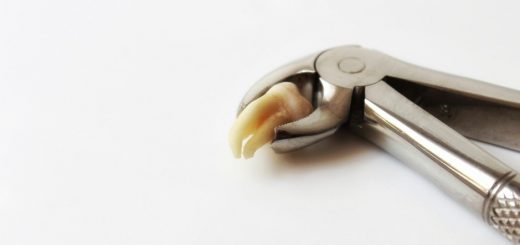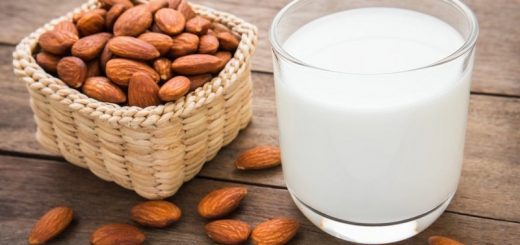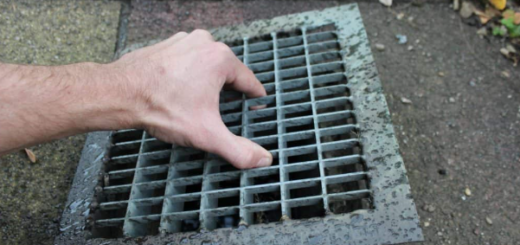How to grow white bell pepper in our garden?
Description:
White bell pepper: an annual plant with an upright stem, with a height of between 50 cm. and more than 2 meters. At each node it branches, the leaves being alternate, petiolate and dark green. The fruit is a berry, hollow, yellow in color, and thick in size.
Culture
Light
Not very demanding.
Temperature
Between 20ºC and 40ºC, with an optimal temperature of 25ºC to 35ºC.
Undemanding soil
It is advisable to remove the soil periodically to keep the plant in optimal growing conditions and avoid the appearance of weeds.
Planting frame
Distance between plants 40 cm.
Distance between lines or grooves 120 cm.
Suitable for growing in a pot or planter with a minimum width of 20 cm, length 20 cm, and height 20 cm.
Irrigation
Due to its high foliar mass, it must be in an optimal humidity state. Frequent watering but in small quantities. If it is grown in a pot or a planter, it is necessary to water more frequently, as they dehydrate more often, especially in summer.
Other works
Pruning and trellising. The final shoots of the stems should be pruned to facilitate the appearance of lateral stems that are the ones that will later bear the fruits, to favor the ventilation of the plant and the entry of light. Sometimes the trellis is carried out to prevent the plants from lying down and placing the fruits on the ground.
Harvesting
From 80 days after planting. To collect peppers it is advisable to do so with a knife or scissors, taking care not to break flowers or stems.
Nutritional parameters
Nutritional composition
For every 100gr of fresh pepper:
- Energy (Kcal) 20
- Water (g) 92
- Carbohydrates (g) 3.7
- Fiber (g) 1.4
- Potassium (mg) 220
- Magnesium (mg) 14
- Phosphorus (mg) 25
- Vitamin C (mg) 130
- Folates (mcg) 25
- Vitamin A (mcg) 67.5
Nutritional value
It mainly provides water and much smaller amounts of carbohydrates and proteins, so it is not very energetic, although it is a food rich in vitamins, mineral salts, and fiber. Regarding its vitamin content, peppers are very rich in vitamin C, especially those that are red in color and also in vitamin A. Among the minerals, the presence of potassium should be noted.













